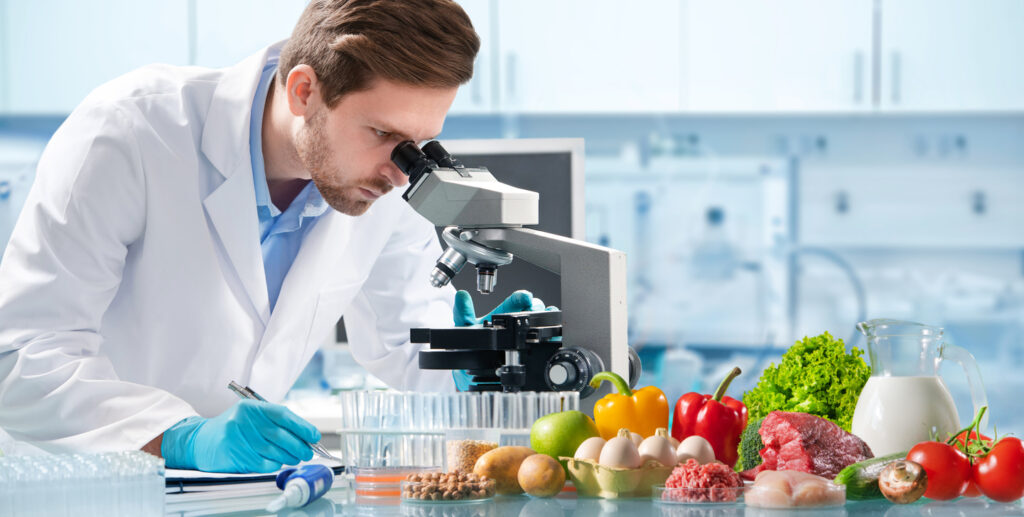Call order
{include dile="/conn/zengsorgusu2.php"}

Food safety is a critical aspect of our lives, as it directly impacts our health and well-being. From farm to fork, ensuring the safety and quality of the food we consume is of paramount importance. In recent years, there have been remarkable advancements in food testing technologies that have revolutionized the way we detect contaminants, pathogens, and ensure overall food safety. In this blog post, we will shed light on the significance of food safety and explore the latest innovations in food testing, including rapid testing, pathogen detection, and quality control measures.
Food safety is crucial for protecting consumers from foodborne illnesses, preventing outbreaks, and maintaining public health. Contaminated food can lead to severe health consequences, including food poisoning, infections, and even long-term health issues. It is essential for regulatory bodies, food manufacturers, and testing laboratories to collaborate and employ innovative solutions to safeguard the food supply chain.
Rapid testing technologies have significantly improved the speed and accuracy of food testing. Traditional methods often required days or weeks to obtain results, causing delays in identifying potential hazards. However, innovations such as polymerase chain reaction (PCR), immunological assays, and biosensors have revolutionized the landscape of food testing. These methods allow for rapid detection of contaminants, allergens, and other harmful substances, enabling faster decision-making and timely interventions to mitigate risks.
Pathogens pose a significant risk to food safety, and their detection is crucial to prevent foodborne illnesses. New technologies have emerged to streamline pathogen detection processes, ensuring quicker and more reliable results. Next-generation sequencing (NGS) techniques can identify multiple pathogens simultaneously, enabling comprehensive screening and reducing the time required for analysis. Additionally, advancements in biosensors and microfluidic devices have led to the development of portable and user-friendly tools for on-site pathogen detection, enhancing efficiency in various food production and distribution settings.
Quality control is an integral part of food safety management systems. Innovations in this field have focused on ensuring the integrity and quality of food products. For instance, spectroscopy techniques, such as near-infrared (NIR) spectroscopy, allow rapid and non-destructive analysis of food composition, including nutritional content, moisture levels, and adulteration. This technology enables real-time quality assessment and assists in detecting potential issues before products reach consumers. Additionally, blockchain technology has gained prominence in enhancing traceability and transparency in the food supply chain, enabling quick identification and recall of potentially contaminated products.
The continuous improvement of food testing technologies requires collaboration among regulatory agencies, industry stakeholders, and research institutions. By sharing knowledge, resources, and best practices, we can collectively enhance food safety and protect public health. The future holds promising developments, such as the integration of artificial intelligence (AI) and machine learning algorithms in food testing. These advancements can further automate processes, improve accuracy, and enable predictive analytics for early identification of potential risks. Ensuring food safety is a shared responsibility, and advancements in food testing technologies play a crucial role in achieving this goal. The innovations in rapid testing, pathogen detection, and quality control measures have significantly improved our ability to detect and mitigate potential hazards. By embracing these cutting-edge technologies, regulatory bodies, food manufacturers, and testing laboratories can work together to enhance food safety, protect consumers, and build trust in the food supply chain. Let us continue to prioritize food safety and invest in innovative solutions that pave the way for a healthier and safer future.